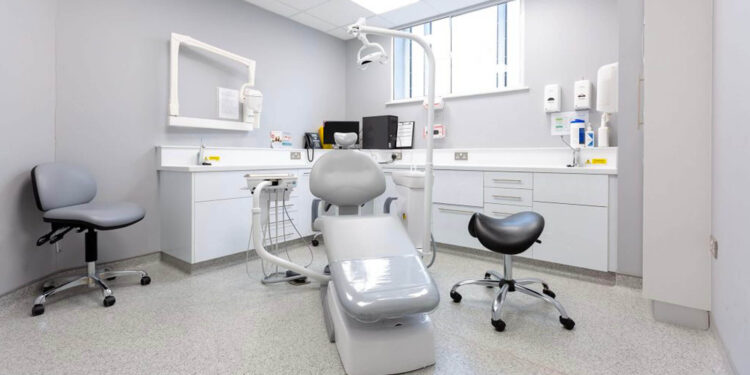The dental practice involves intricate procedures that require precise vision and lighting to ensure successful outcomes. Therefore, it is essential to have reliable and efficient dental loupes and lighting tools to enhance the accuracy of the procedures. In recent years, LED headlights have become increasingly popular in dental practice, replacing traditional headlights. These modern ones offer several benefits to both the dentist and the patient, which we will discuss in detail in this article.
What are LED headlights in dental practice?
LED stands for light-emitting diodes, which are small light sources that generate light when an electric current passes through them. LED headlights are designed to provide bright light that enhances vision during dental procedures. The light is focused on the area of operation, providing the dentist with clear and precise vision.
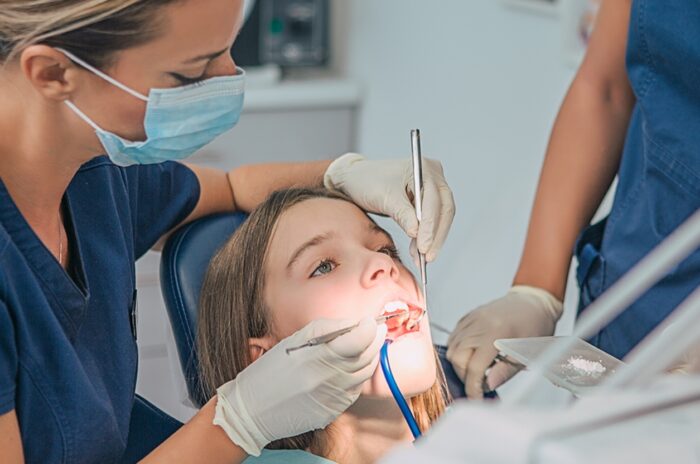
The History of LED Headlights in dental practice
LED technology was first introduced in the 1962s, but it was not until the 1990s that it became available for commercial use. The early versions were expensive, bulky, and had limited light output. However, advancements in technology have led to the development of smaller, more efficient, and cost-effective ones that are widely used in dental practice today.
Advantages of LED Headlights in Dental Practice
Let’s have a look at some noteworthy benefits of Using LED headlights in dental practice:
#1 Better Visibility
One of the most significant advantages of LED headlights in dental practice is better visibility. A Dental Headlight provides bright, focused illumination that helps to illuminate the oral cavity, making it easier for the dentist to see what they are doing. This is especially useful when working in difficult-to-reach areas, as they can be directed precisely where they are needed most.
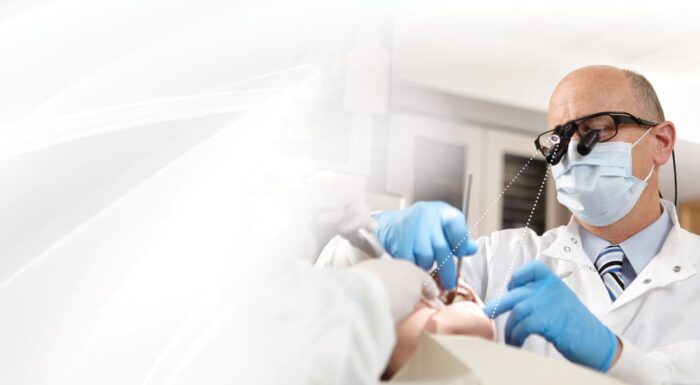
#2 Reduced Strain
Dental procedures can be physically demanding, and working for long periods can cause eye strain and fatigue. The use of LED headlights can help to reduce strain on the dentist’s eyes by providing bright and focused illumination that eliminates the need for overhead lighting. This can help to improve the dentist’s comfort during procedures and reduce the risk of eye strain and fatigue.
#3 Improved Accuracy
Good lighting is essential for accurate dental work, and its use can help to improve accuracy by providing better visibility. This can lead to better outcomes for patients, as it allows for more precise work, which can reduce the need for follow-up procedures.
#4 Increased Patient Satisfaction
Dental procedures can be uncomfortable, and anything that can be done to improve the patient experience is valuable. LED headlights can help to increase patient satisfaction by providing better illumination, which can make the procedure feel less invasive. Patients are also more likely to feel confident in their dentist’s abilities if they can see that they are using modern, high-tech equipment.
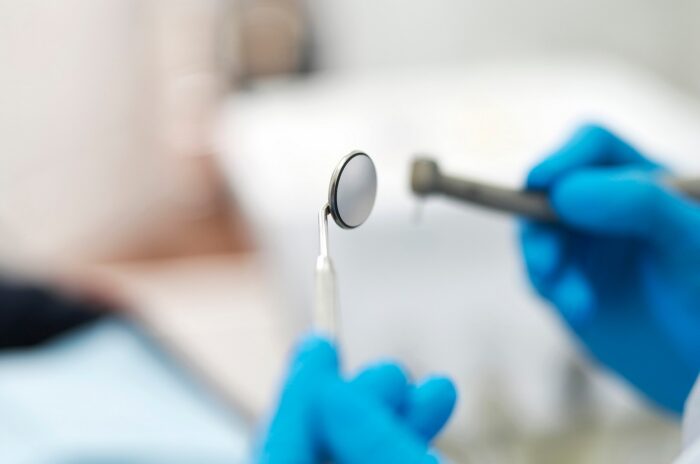
#5 Long-Lasting
They are designed to last for a long time, with some models lasting up to 50,000 hours. This means that they are a cost-effective investment for any dental practice, as they do not need to be replaced frequently.
#6 Easy to Use
LED headlights are straightforward to use, with most models featuring simple controls that allow the dentist to adjust the brightness and focus of the illumination quickly. They are also lightweight and comfortable to wear, making them an ideal choice for dental professionals who need to wear them for extended periods.
#7 More Cost-Effective
They are not only long-lasting but also energy-efficient, consuming up to 90% less energy than traditional halogen lights. This can lead to significant cost savings over time, as well as being better for the environment.
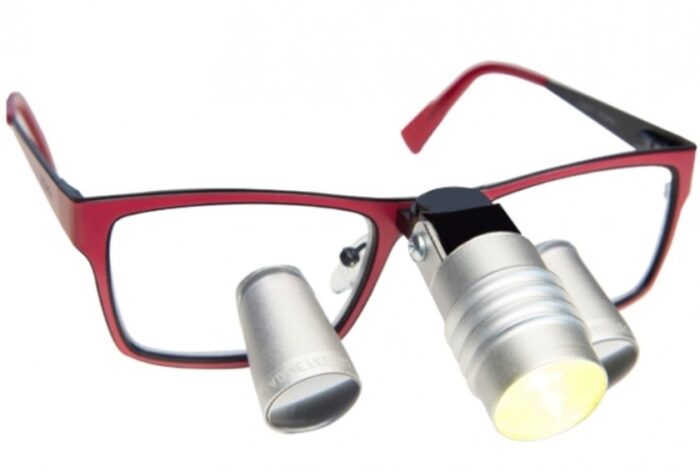
#8 Increased Safety
Good lighting is essential for safety in dental practice, and they can help to improve safety by providing better illumination. This can help to reduce the risk of accidents and injuries during procedures, making dental practice safer for both the dentist and the patient.
#9 Environmental Benefits
LED headlights are better for the environment than traditional halogen lights, as they consume less energy and have a longer lifespan. This reduces the need for frequent replacements and lowers the amount of waste generated by the dental practice.
#10 Improved Infection Control
They are designed to be easy to clean, making them an ideal tool for maintaining infection control in dental practice. They are often made from materials that are resistant to disinfectants, and their simple design makes them easy to wipe down between patients.
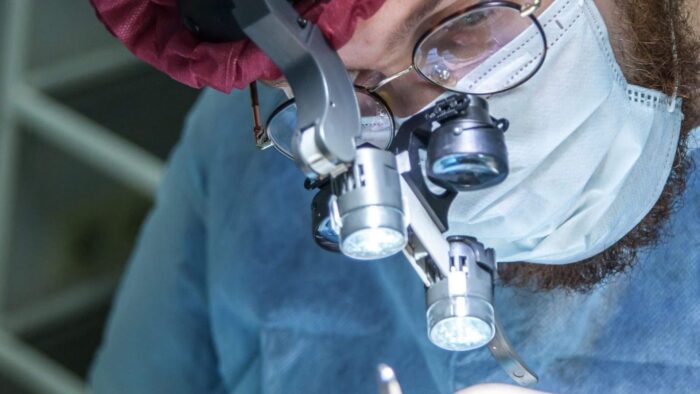
Comparison with Traditional Headlights
LED headlights have several advantages over traditional headlights, which make them a preferred option for dental practices. Traditional headlights generate more heat, have a shorter lifespan, and consume more energy than LED headlights. They also provide less focused light, making it difficult for dentists to accurately identify the shades and tissues during procedures.
LED Headlights Maintenance
Maintaining them is relatively simple and straightforward. They do not require frequent replacement, and their long lifespan reduces the cost of maintenance. However, it is essential to ensure that the headlights are kept clean and free from debris to enhance their performance.
How to Choose the Right LED Headlights for your Practice
Choosing the right ones for your practice can be a daunting task. It is essential to consider factors such as light intensity, color rendering index, battery life, weight, and durability. Consulting with a dental equipment expert can help you make an informed decision and choose the right LED headlights for your practice.

Wrapping Up
LED headlights have become an essential tool in dental practice, offering several benefits to both the dentist and the patient. They provide improved vision, energy efficiency, increased patient comfort, long lifespan, and flexibility, making them a preferred option over traditional headlights. At Schultz Loupes, we have an assortment of dental surgical loupes and headlights that are suitable for the need of each and every dentist, dental hygienist, and surgeon around the world.


























